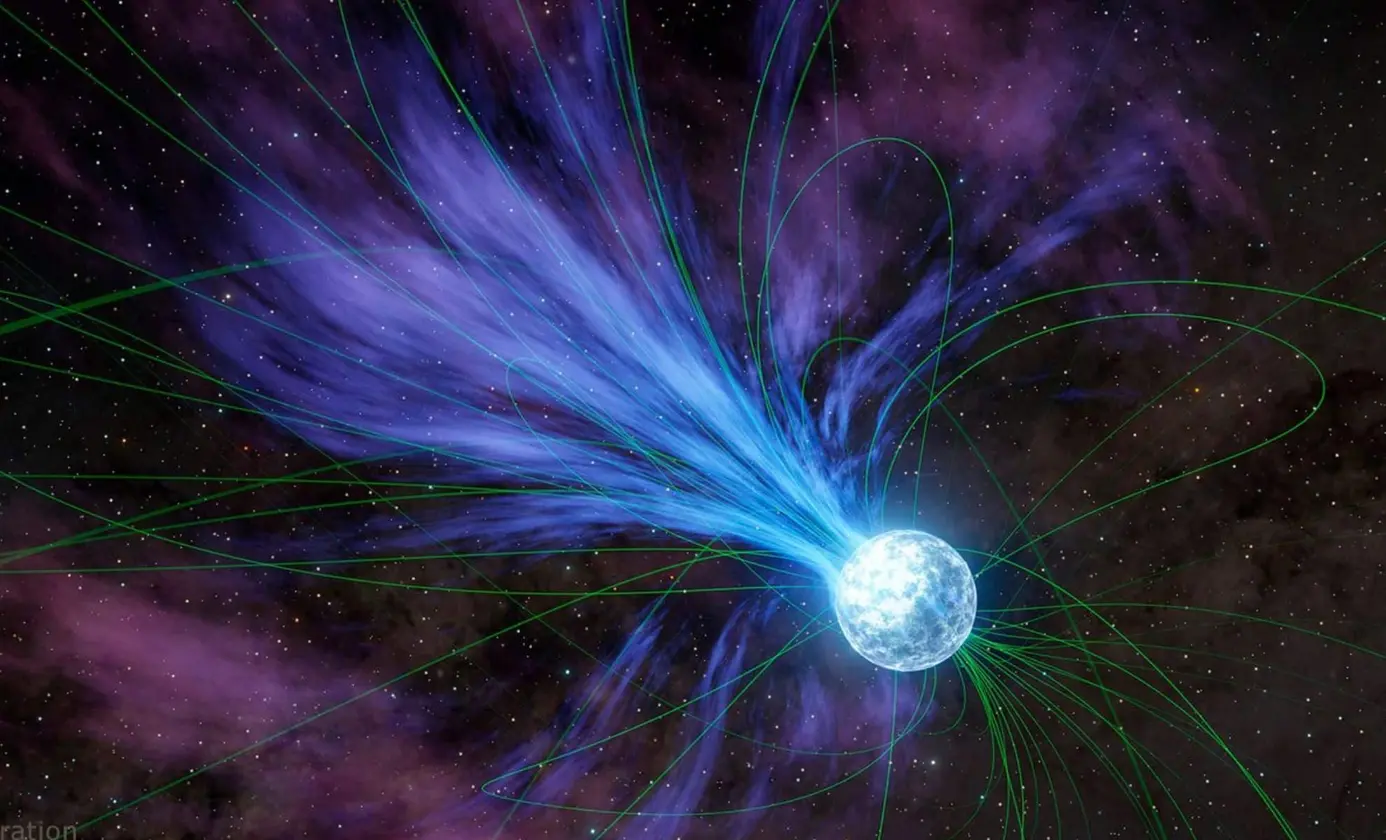T4K3.news
Exoplanets could reveal planet sized black holes if dark matter is heavy
A UC Riverside study suggests exoplanets may trap heavy non annihilating dark matter that could collapse into planet sized black holes, offering a new way to test dark matter models.
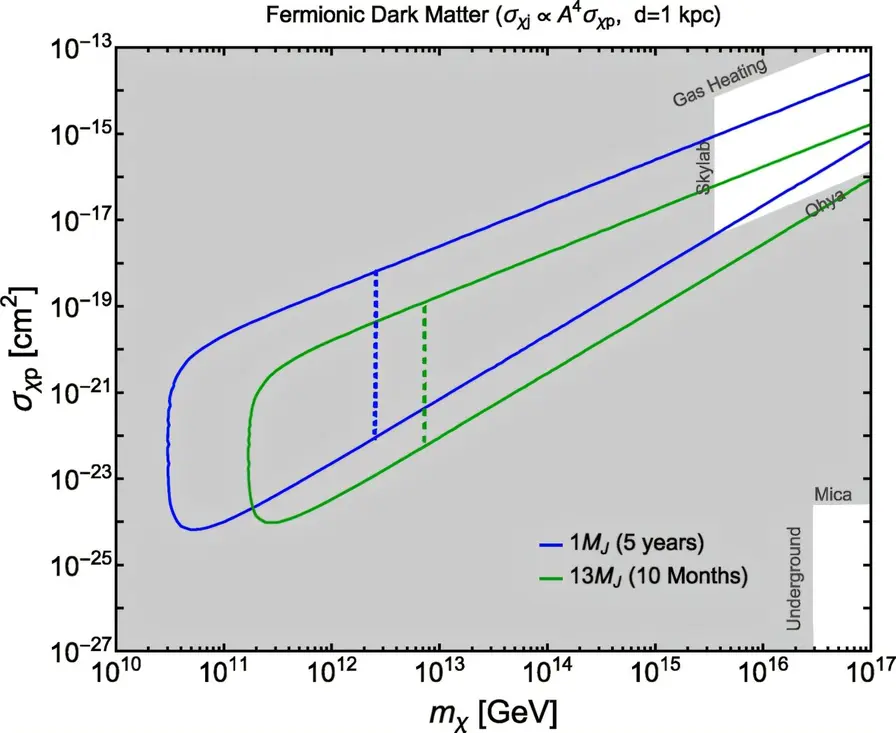
A UC Riverside study suggests exoplanets could help test dark matter by examining the possibility that planet sized black holes form inside gas giants.
Dark matter may form planet sized black holes in gas giants
More than five thousand exoplanets have been found, expanding how scientists study planetary evolution and the search for life. In Physical Review D, a UC Riverside team argues that dark matter particles, if heavy and non annihilating, could slowly gather in the cores of gas giants and potentially collapse into black holes. If such a planet sized black hole formed, it could grow by consuming the host planet, a scenario that would push current theories about black hole formation.
The authors emphasize that this is theoretical work and that current instruments cannot yet detect the small signals expected from heating or high energy emissions. They also note that exoplanet surveys, along with upcoming space missions, could test the idea by looking for planets that have not collapsed or by studying environments where dark matter density is high, such as near the Milky Way’s center.
Key Takeaways
"If the dark matter particles are heavy enough and don't annihilate, they may eventually collapse into a tiny black hole."
Core idea about the dark matter model used in the study
"Discovering a planet-sized black hole would be a major breakthrough."
Potential impact of the finding
"In recent years our knowledge of exoplanets has expanded dramatically."
Observation data growth enabling tests
"Exoplanets can be used to test and challenge different dark matter models."
Survey methodology shift
The proposal blends planetary science with particle physics in a new way. It invites researchers to treat planets as laboratories for fundamental questions, but it relies on assumptions about dark matter that may not hold. The strength lies in using data we can collect now and in the near future to test bold ideas, rather than waiting for a laboratory breakthrough.
Yet the claim rests on a model with extreme conditions. Observational confirmation would demand careful separation of planetary evolution processes from dark matter effects, and building convincing evidence could take years. The real test will be whether exoplanet surveys can provide clean signals that distinguish this scenario from ordinary planetary dynamics.
Highlights
- Planet sized black holes would rewrite how we test dark matter
- Exoplanets could become the new dark matter laboratories
- The cosmos hides clues in planets we can study
- Exoplanets can test and challenge different dark matter models
The idea invites a new kind of hunt, one that blends planetary science with fundamental physics.
Enjoyed this? Let your friends know!
Related News

New dark matter detector goes underground
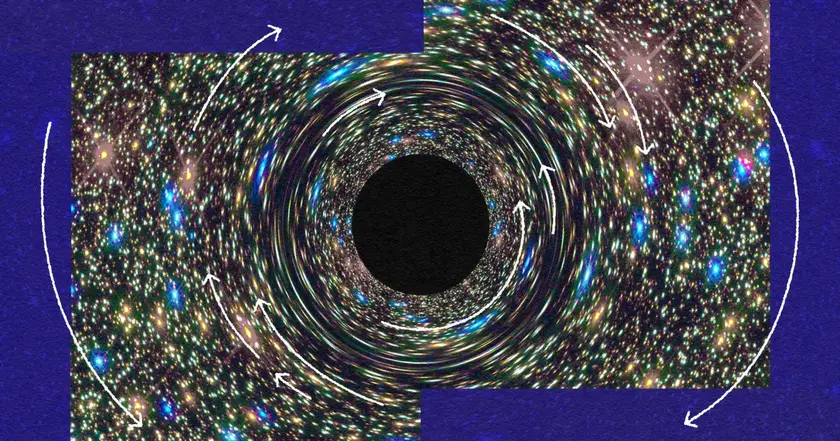
Cosmic Horseshoe Reveals Heaviest Black Hole Yet
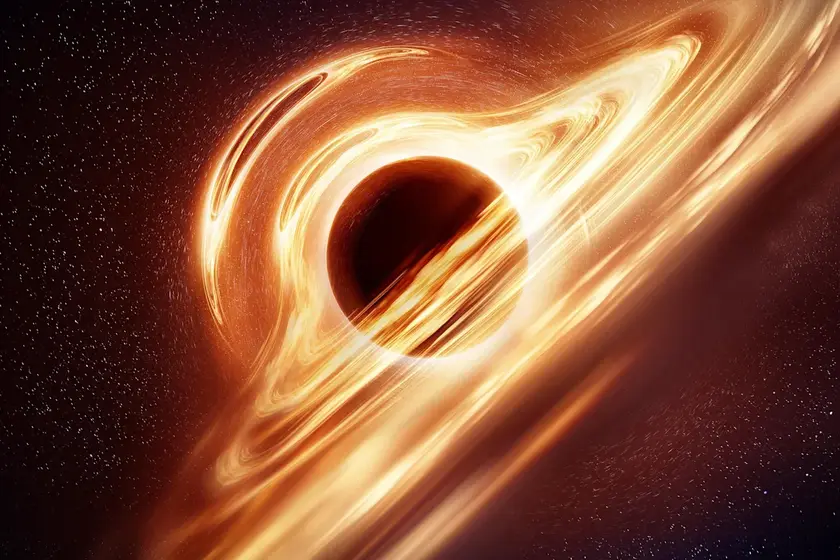
James Webb Telescope may have found early cosmic light sources

Nintendo NA Update Delivers Wide eShop Lineup
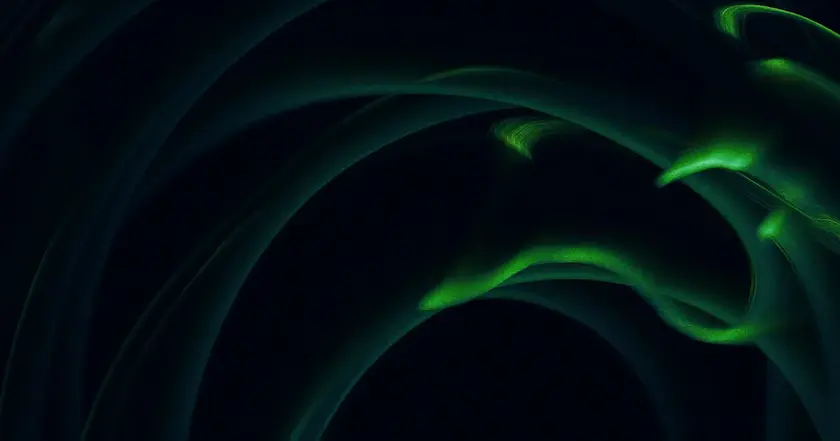
Giant black hole bends light into Einstein ring
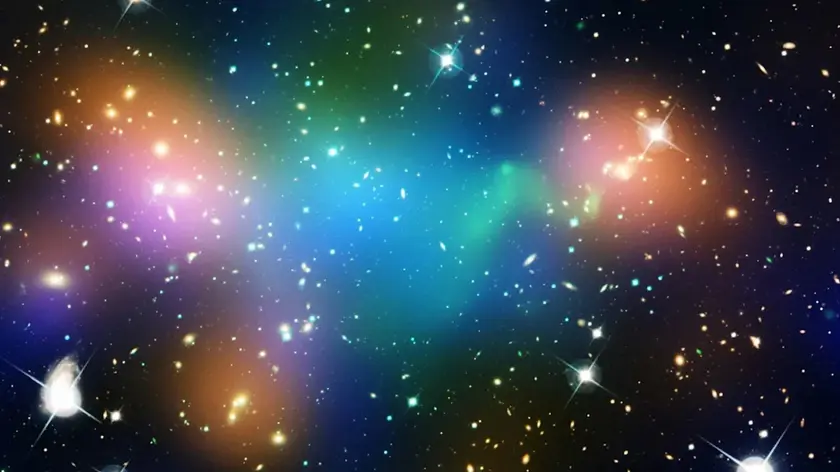
Dark matter paths explored by new theories
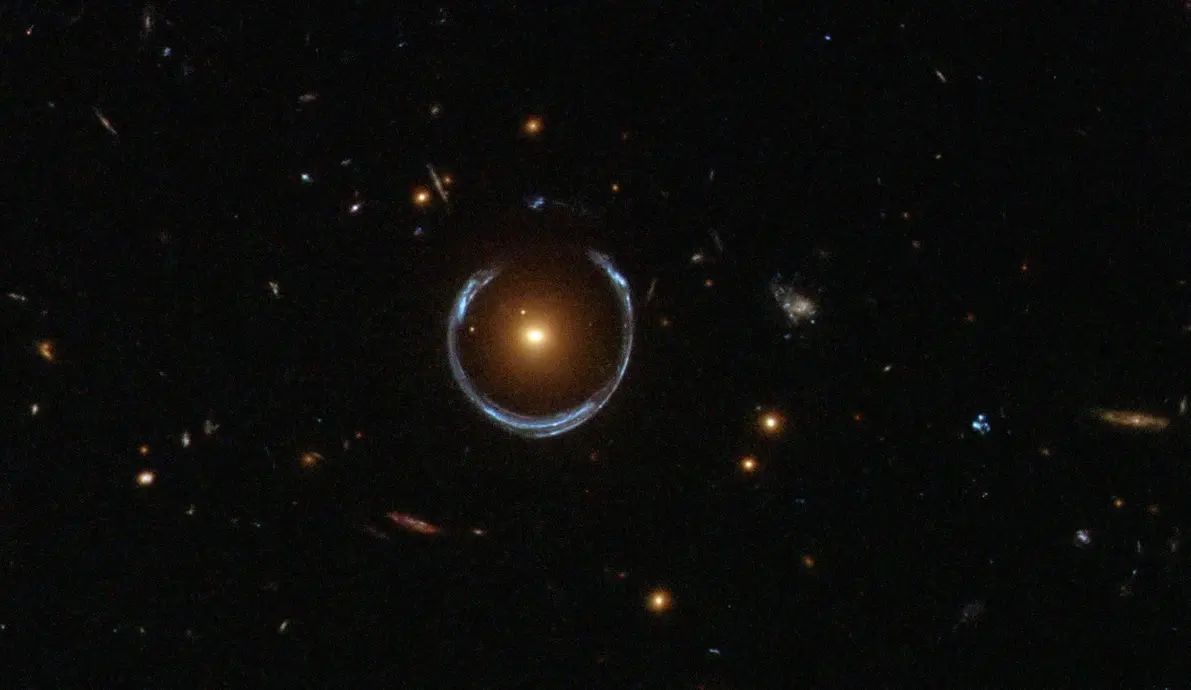
New black hole discovery made with mass of 36 billion suns

Polarization shifts at M87 black hole
